In place of its normal load of cars and vans, the repurposed ferry boat sported a mobile science laboratory and a large fan on its deck as it left Townsville, Australia, in March. Researchers dropped anchor in a coral lagoon some 100 kilometres offshore and then fired up the cone-shaped turbine, which blew a mist of seawater off the back of the boat. What happened next came as a welcome surprise: after briefly drifting along the ocean surface, the plume ascended into the sky.
Looking a bit like a jet engine, this mist machine is at the centre of an experiment that, if successful, could help to determine the future of the Great Barrier Reef. Three-hundred and twenty nozzles spewed a cloud of nano-sized droplets engineered to brighten clouds and block sunlight — providing a bit of cooling shade for the coral colonies below. Scientists used sensors aboard the ferry, drones and a second boat to monitor the plume as it migrated skyward.
The experiment wasn’t big enough to significantly alter the clouds. But preliminary results from the field tests — which were shared exclusively with Nature — suggest that the technology might perform even better than computer models suggested it would, says Daniel Harrison, an oceanographer and engineer at Southern Cross University in Coffs Harbour, Australia, who is heading up the research. “We are now very confident that we can get the particles up into the clouds,” Harrison says. “But we still need to figure out how the clouds will respond.”
Harrison’s project is the world’s first field trial of marine cloud brightening, one of several controversial geoengineering technologies that scientists have studied in the laboratory for decades. The research has been driven by fear that humans might one day be forced to deliberately manipulate the Earth’s climate and weather systems to blunt the most severe impacts of global warming.
For many Australians, that day arrived in 2017, when a marine heat wave spurred massive coral bleaching and death across much of the 2,300-kilometre Great Barrier Reef. That crisis hit just a year after another bleaching event along the reef, which supports more than 600 species of coral and an estimated 64,000 jobs in industries such as tourism and fishing. Research suggests that the reef lost more than half of its coral between 1995 and 2017, as a result of warming waters, tropical storms and predatory starfish (A. Dietzel et al. Proc. R. Soc. B. 287, 20201432; 2020).
The project has raised concerns among some scientists abroad, in part because the Australian group has published little about its work. Environmentalists outside Australia objected to the project last year after news of the first trial broke, and there could be similar criticism when details of the 2021 trial emerge.
Harrison stresses that the cloud-brightening project is about local adaptation to climate change, not global geoengineering, because its application would be limited in both space and time. It’s also just one part of a larger Aus$300 million (US$220 million) Reef Restoration and Adaptation Program (RRAP) launched last year by Australia to investigate and develop techniques and technologies to save the country’s reefs. Many of the proposals, from cloud brightening to breeding heat-tolerant corals, would represent unprecedented human interventions in the natural reef system.
Ecological modelling suggests that a large-scale intervention involving multiple strategies — including a fleet of mist machines — could prolong the life of the reef while governments work to eliminate greenhouse-gas emissions. The goal now is to work out what’s achievable in the real world, says Cedric Robillot, executive director of the RRAP.
“You need to consider every angle, from the fundamental science to the very pointy end of engineering, if you want to succeed,” Robillot says. “It’s not enough to just prove you could do it. You need to explain how you would do it.”
Into the clouds
Harrison conducted his first field test in March 2020: a three-day proof-of-concept expedition on a small car ferry with four scientists, one representative from a local Indigenous group, and two shipping containers for equipment and sleeping quarters. The team had a minimal Aus$400,000 budget and limited scientific instrumentation to monitor the mist, but it was enough to document that the plume flowing out of their mist machine rode a draught of warm air high into the sky.
It was the first time they had witnessed this phenomenon. Their models had suggested that evaporation of the brine droplets would cool the plume, which would then float across the surface of the ocean, only slowly mixing upwards into the low-lying marine clouds. The models also indicated a risk that the tiny droplets might merge and drop out of the air. Instead, brine droplets floated along the surface of the ocean for half a kilometre without coalescing, gradually losing water and weight to evaporation along the way. And then they shot upwards.
“We didn’t expect that at all,” Harrison says, “but it turned out we were doing this experiment in the middle of a rising air mass.”
The scientists feared it was a fluke. Although years of research and development have gone into the nozzles, initially led by a separate American team, this was the first time anybody had ever deployed them in the field with fresh seawater. The team also didn’t know what to expect from clouds and aerosols in that region, because research on the reef has focused almost exclusively on what happens below the water, not the conditions above.
For Harrison, the 2020 experiment was more than enough to justify moving forward with another, larger trial in March 2021. But it did raise eyebrows among some scientists and observers abroad, where geoengineering research has met strong opposition and struggled to attract funding.
Most of the concern has centred on a form of solar geoengineering that involves injecting reflective material into the stratosphere to block sunlight at a global scale. But cloud brightening has also been studied as a potential global intervention, and it has attracted criticism from some environmental groups who argue that it carries inevitable ecological risks and detracts from efforts to limit greenhouse gases.
Some scientists, as well as environmental advocates who follow geoengineering research, told Nature that they were surprised to see the experiment move forward without more scrutiny — or without published research to justify such an investment.
Critics also worry that Australia is setting the wrong kind of precedent by rebranding a solar-geoengineering experiment that could have regional impacts as a local adaptation project. “One could say that there should have been some level of consultation with the outside world,” says Janos Pasztor, who heads the Carnegie Climate Governance Initiative, an advocacy group in New York City that has been pushing for a global debate over geoengineering governance in the United Nations.
Harrison says scientists in the programme have consulted with regulatory authorities, as well as with the general public and Indigenous groups that have historic claims on the reef. He also readily acknowledges trying to avoid getting embroiled in a debate about solar geoengineering, arguing that the project would be more akin to cloud-seeding operations that are designed to promote rain and that are not considered to be geoengineering. One of the next modelling efforts, however, will be to explore any potential regional and global implications, he says.
Others question the Australian government’s motivations in funding such work. Under the conservative prime minister Scott Morrison, the government has yet to strengthen its climate pledge under the 2015 Paris agreement, as many nations have done in the past year. Morrison has personally ruled out committing to net-zero emissions. Pushing for a technological fix to global warming without moving to aggressively curb greenhouse gases is “sheer lunacy”, says Peter Frumhoff, chief climate scientist for the Union of Concerned Scientists, an advocacy group in Cambridge, Massachusetts.
Some researchers, however, are pleased to see marine cloud brightening move from theory to the field, including US scientists working on a similar project that has been struggling to get into the field for nearly a decade. “This is an early example of how climate disruption can drive interest in these things,” says Sarah Doherty, an atmospheric physicist who manages the Marine Cloud Brightening Project at the University of Washington in Seattle. Members of the team provided the initial nozzle design and have been tracking the Australian group’s progress.
Coral crisis
The first time that scientists observed a major bleaching event along the Great Barrier Reef was in 1998, and the second event followed four years later. In both cases, corals expelled the algae that live within them and that provide colour and energy through photosynthesis. Most of the corals eventually recovered. But in 2016 and 2017, many corals bleached and then died across two-thirds of the reef.
“It was absolutely horrifying,” says David Wachenfeld, chief scientist at the Great Barrier Reef Marine Park Authority, which manages the reef. The clear message from those events was that the traditional approach to managing corals and coral reefs would not be enough, he adds. “Our hand was forced.”
In 2018, the Australian government allocated Aus$6 million to a consortium of universities and government research institutes for a feasibility study focused on potentially radical strategies that could be applied across the reef. Researchers reviewed some 160 ideas, including putting live corals on ice for long-term preservation and synthetically engineeering new varieties that can tolerate the warmer waters. Many approaches proved too costly and energy intensive, but 43 interventions were singled out for further study. Marine cloud brightening drew support in part because it theoretically provides direct relief precisely when and where corals need it most.
Much of the emphasis of the programme is on helping corals to adapt and repopulate the reef, including efforts to improve coral aquaculture operations so that they can produce millions of corals per year rather than thousands. For Madeleine van Oppen, a coral geneticist at the Australian Institute of Marine Science near Townsville, the RRAP programme helps to integrate her team’s work on assisting coral evolution to make them more heat tolerant.
Thanks to the RRAP, she says, data from those projects are now being fed directly into models that enable researchers to assess the potential benefits — as well as the risks — of releasing new strains of coral and microalga into the wild. The programme is also raising ecological questions, such as whether the introduction of new coral species can propagate disease, or whether a new variety of more heat-tolerant corals might displace corals struggling to survive.
“It sort of speeds up the whole path from research to implementation in the field,” says van Oppen.
In the long run, the models indicate that without interventions, the extent of coral on the reef could shrink by well over 60% by 2070 compared with 2020 levels (S. A. Condie et al. R. Soc. Open Sci. 8, 201296; 2021). But simulations suggest that Australia could cut those losses in half with a three-pronged approach focused on propagating heat-tolerant corals, controlling outbreaks of the predatory crown-of-thorns starfish and brightening clouds to take the edge off of heat waves. Crucially, the latest modelling also suggests that without the cooling provided by Harrison’s cloud brightening project, the other interventions might not amount to much.
Testing the wind
When Harrison’s group returned to the field this year, they had more-powerful drones as well as other aerosol sensors on a second boat. As in the previous year’s experiment, each time they created a plume, it rose into the sky after the droplets lost around 90% of their water to evaporation. The likely explanation, Harrison says, is that the reef is creating its own weather as warm water along the shallow corals heats the air above.
Many more droplets are making it into the clouds than the scientists had initially calculated, but Harrison says their mist machine might need to be scaled up by a factor of 10 — from 320 to around 3,000 nozzles — to produce enough particles to brighten nearby clouds by around 30%. His team’s modelling suggests that this could in turn reduce the incoming solar radiation on the reef locally by around 6.5%. Even then, the operation would require 800–1,000 stations to cover the length of the Great Barrier Reef.
But it’s unclear whether that spray of salty droplets will have the desired effect, says Lynn Russell, an atmospheric chemist at the Scripps Institution of Oceanography in La Jolla, California, who has studied cloud brightening. Russell has not seen the latest — and as-yet unpublished — results, but questions whether there are enough of the low layered clouds considered suitable for cloud brightening.
Harrison acknowledges such concerns and says that his team sees more of these clouds on the southern part of the reef. His team’s modelling suggests the technology will also work on the clouds that are common across the rest of the reef in summer. Even then, he says, it remains unclear how much coverage a full-scale cloud-brightening operation could provide across the entirety of the reef. More measurements, and detailed modelling, are needed to provide answers.
For now, Harrison has secured funding for another two years, and he needs to demonstrate progress. The RRAP is testing all 43 approaches and will redistribute resources to projects that show potential, Robillot says. But he stresses that no amount of science and engineering will preserve the reef in its current form. “Even if we do all of this, the system that you’ll end up with is not going to be the Great Barrier Reef that we know today,” Robillot says. “You might, however, retain a very functional ecosystem.”
That’s enough to keep Harrison going, and his team is already preparing for a trip into the field in 2022. The scientists plan to run the mist machine at higher pressure, which should produce a sixfold increase in the number of particles, and they will use new instrumentation to determine how particles alter clouds. They are also investigating an entirely different nozzle technology that could reduce the number of nozzles needed by a factor of 1,000.
Harrison is more confident today than he was even a year ago that cloud brightening might work over the reef, but he is also realistic about the future if governments fail to limit carbon emissions. “There are only so many clouds available, and there is only so much you can brighten them,” he says. “Eventually, climate change just overwhelms things.”
"save" - Google News
August 25, 2021 at 05:15PM
https://ift.tt/3B9muVh
Can artificially altered clouds save the Great Barrier Reef? - Nature.com
"save" - Google News
https://ift.tt/2SvBSrf
https://ift.tt/2zJxCxA
Bagikan Berita Ini
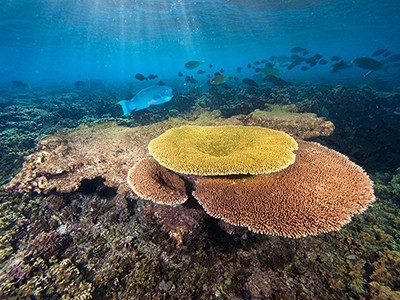
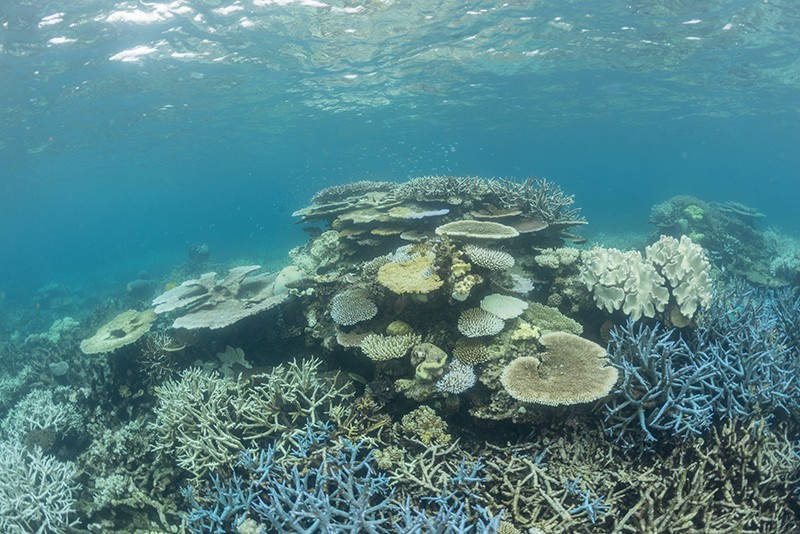
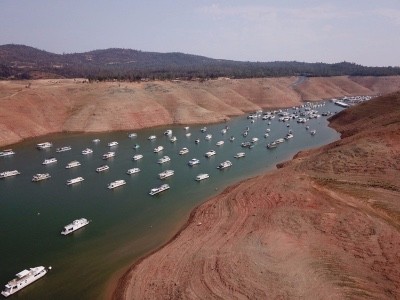
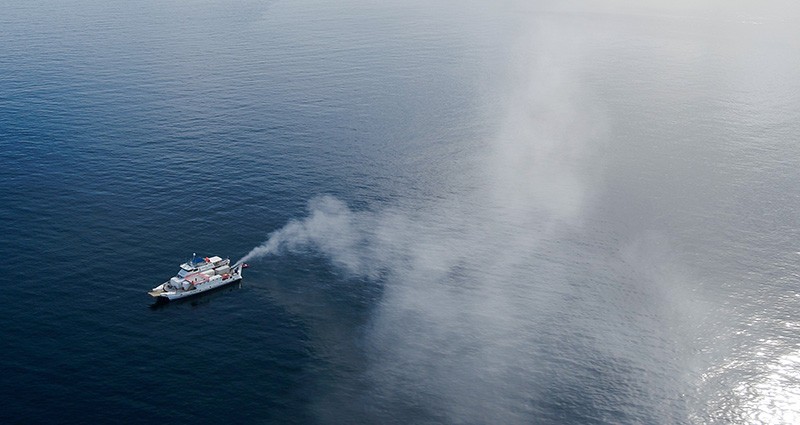
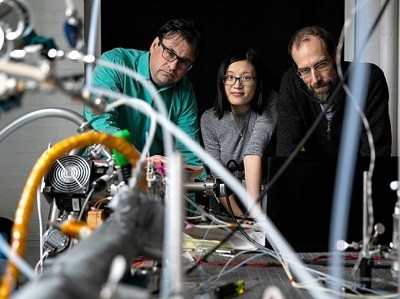
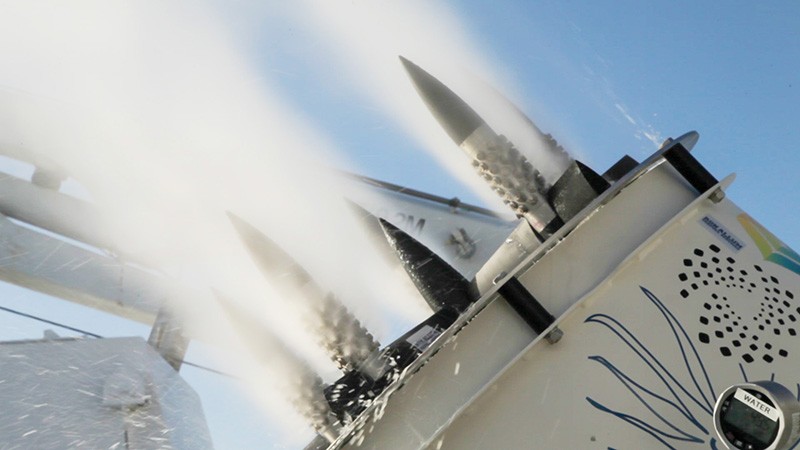
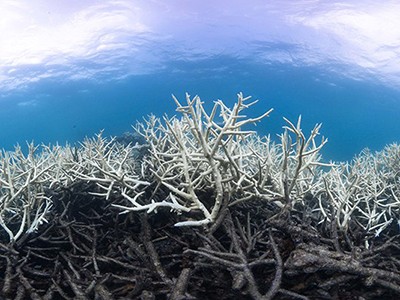














0 Response to "Can artificially altered clouds save the Great Barrier Reef? - Nature.com"
Post a Comment